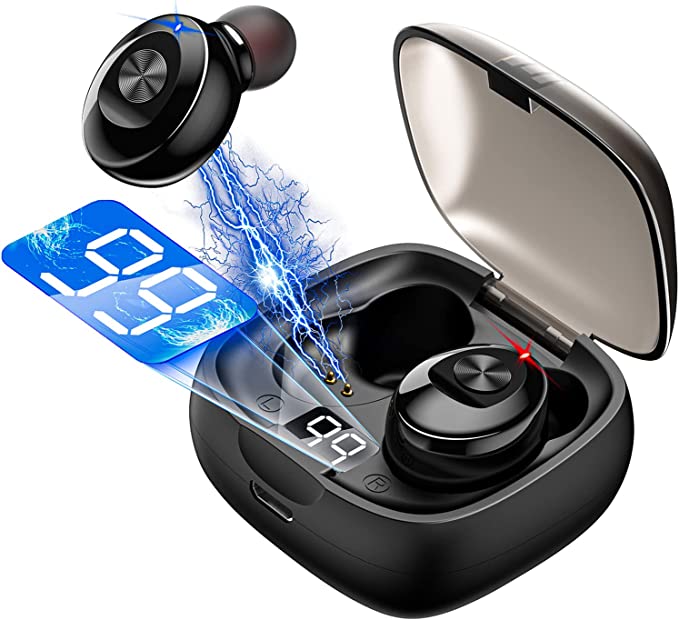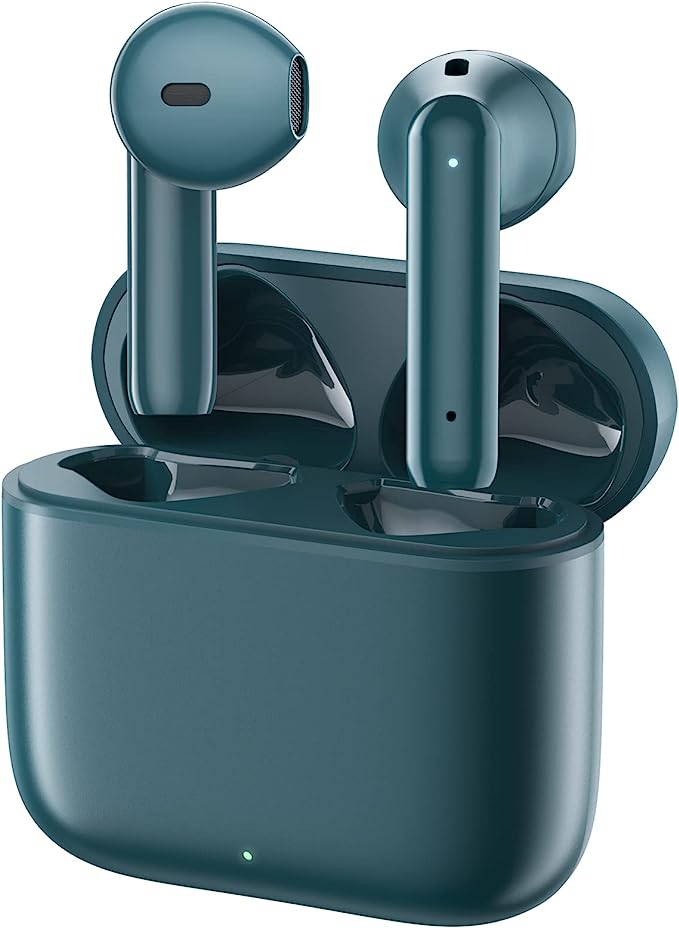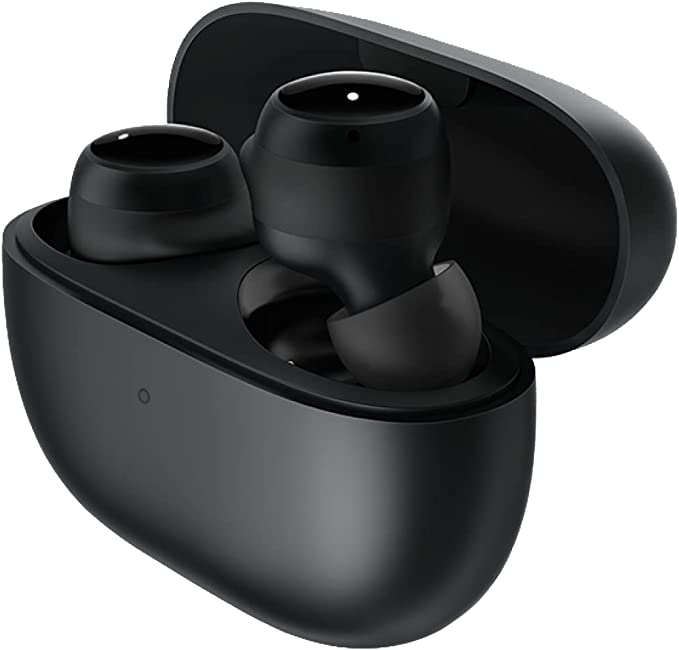Beyond Brightness: The Secret Language of Light and How Your Indoor Plants Understand It
Update on Sept. 23, 2025, 3:08 a.m.
If a plant had eyes, what would it see? Would it perceive the world in the same vibrant hues we do? Or would it experience light in a way entirely alien to us—not as a picture, but as a stream of vital, life-altering instructions?
For millennia, we’ve known that plants need light. But modern science is revealing a truth far more profound: light isn’t just food for plants; it’s a language. It’s a complex, nuanced code transmitted from the sun, carrying critical messages that dictate when a seed should sprout, how tall a stem should grow, and when it’s time to bear fruit. Plants, through eons of evolution, have become master decoders of this language.
Today, we stand at a remarkable juncture. Technology has given us the power to move beyond being passive observers. We can now become fluent speakers of this language of light. This article is your Rosetta Stone. We’ll delve into the fascinating science of how plants perceive their world, and explore how modern tools are allowing us to have a more deliberate, productive conversation with the green life in our homes.

More Than Energy: The Vocabulary of the Spectrum
Our first lesson in this language begins with color, or what a physicist would call the spectrum. We see a leaf as green because its primary photosynthetic pigment, chlorophyll, is a picky eater. It voraciously absorbs light from the red and blue parts of the spectrum but reflects green light, which is why that color bounces back to our eyes.
This led to an early, oversimplified idea in horticulture: if plants primarily use red and blue light, then that’s all we need to give them. This gave rise to the ubiquitous “blurple” grow lights, which bathe indoor gardens in an otherworldly magenta glow. While not entirely wrong, this approach is like trying to have a deep conversation using only two words. It works, but you miss all the subtlety.
True sunlight is a “full-spectrum” broadcast, a rich vocabulary containing every color. While chlorophyll a and b are the main engines of photosynthesis, other pigments, like carotenoids, capture energy from the green and yellow parts of the spectrum and pass it along. More importantly, these other colors provide crucial context. Studies have shown that including green light, once thought useless, can actually penetrate deeper into the plant canopy, delivering energy to lower leaves that red and blue light can’t reach.
A plant grown under a full, sun-like spectrum is receiving a complete, coherent story. A plant under a limited spectrum is reading a heavily redacted document. It might survive, but it won’t thrive with the same vigor.

A Conversation in Red: The Switch That Governs Life
Here is where the language of light becomes truly fascinating. Plants possess a remarkable sensory protein called phytochrome. Think of it as a biological, light-activated switch. This switch is responsible for one of the most critical “conversations” a plant has with its environment, and it all revolves around two specific “words”: red light (around 660nm) and far-red light (around 730nm), the latter of which is at the very edge of our visible spectrum.
In direct sunlight, there’s a high ratio of red light to far-red light. When a phytochrome molecule is hit by red light, it flips into an “active” state (Pfr). This active state tells the plant: “All clear! You have open sky above you. Focus your energy on developing strong leaves and branches.”
But what happens in the shade of another, taller plant? The chlorophyll in the upper plant’s leaves absorbs most of the red light, but lets the far-red light pass through. Down below, the ratio of red to far-red light plummets. When the phytochrome in the shaded plant is hit by far-red light, it flips back to its “inactive” state (Pr). The message changes dramatically: “Danger! You are being outcompeted. Forget wide leaves for now—stretch upwards towards the light, fast!” This is the “Shade-Avoidance Syndrome,” and it’s why plants in crowded conditions often grow spindly and weak.
This red/far-red conversation also governs flowering. As days shorten in the fall, the quality of light at dusk is rich in far-red. This shift in the ratio signals to many plants that winter is coming, and it’s time to flower and produce seeds. They are, quite literally, reading the sunset.
Translating Theory into Photons
For the indoor gardener, understanding this conversation is a superpower. For decades, we were limited. Traditional High-Pressure Sodium (HPS) lamps were the standard, but they are blunt instruments. They produce a massive amount of light, but in a fixed, orange-heavy spectrum, and they generate enormous heat. They shout, but they cannot speak with nuance.
This is where modern LED technology becomes the translator. A high-quality LED grow light is an instrument of precision. It allows engineers to craft a bespoke spectrum, a symphony of photons designed to speak the plant’s language with perfect grammar.
Let’s take a modern fixture like the MARS HYDRO TS 3000 as a practical example to deconstruct. Its design is a direct application of the principles we’ve discussed. * A Rich Vocabulary: It doesn’t produce a “blurple” light but a “sun-like” full spectrum. This provides the foundational blue and red light for photosynthesis while also including the crucial green and yellow wavelengths for overall plant health and canopy penetration. * Speaking the Language of Red: Critically, its spectrum is intentionally extended to include diodes that emit light in the 730-740nm range. This isn’t for photosynthesis. This is a direct, intentional message aimed at the plant’s phytochrome system. It sends a powerful signal that encourages budding and robust flowering, essentially telling the plant that conditions are perfect for reproduction. It’s the technological equivalent of whispering the secrets of a perfect autumn sunset to your plants every single day.
Beyond Watts: The New Currency of Efficiency
For too long, growers have been conditioned to think in watts. But watts only tell you how much electricity a light consumes, not how effectively it produces light that plants can use. It’s like judging a speaker’s intelligence by how loud they are.
The true currency of a modern grow light is Photosynthetic Photon Efficacy (PPE), measured in micromoles per joule (µmol/J). This number tells you exactly how many plant-usable photons (micromoles) are created for every joule of electrical energy consumed.
A traditional 600-watt HPS lamp might have a PPE of around 1.7. In contrast, an efficient LED board like the TS 3000 achieves a PPE of about 2.7 µmol/J. This isn’t just an incremental improvement; it’s a monumental leap in efficiency. It means that for the same amount of electricity, it’s generating significantly more “plant food.” This is why a 420-watt LED fixture can outperform a 600-watt HPS lamp while reducing energy use by nearly 40%.
This efficiency has a crucial side effect: less waste heat. The TS 3000’s design, which uses a large aluminum board for passive cooling without any fans, is a direct result of this. Because the LEDs are so good at converting electricity into light rather than heat, a noisy, failure-prone fan is unnecessary. The result is a silent, reliable, and cooler-running environment, which in turn reduces the need for expensive ventilation and air conditioning—a systemic efficiency win.

The Dawn of the Personal Sun
We began by asking what a plant sees. The answer is that it sees a world of information, a language of survival and opportunity written in the wavelengths of light. For the first time in history, we can do more than just provide a crude imitation of the sun. We have the ability to compose with light, to speak to our plants in their native tongue, and to guide their growth with a precision that was once the exclusive domain of nature.
Tools like the MARS HYDRO TS 3000 are more than just lamps; they are testaments to this new era. They represent the beautiful intersection of botany, physics, and engineering. By understanding the science they are built upon, we transform ourselves from mere caretakers into true cultivators, active participants in the fundamental dance between light and life. The power to craft a perfect, personal sun is no longer science fiction. It’s in our hands.



























































